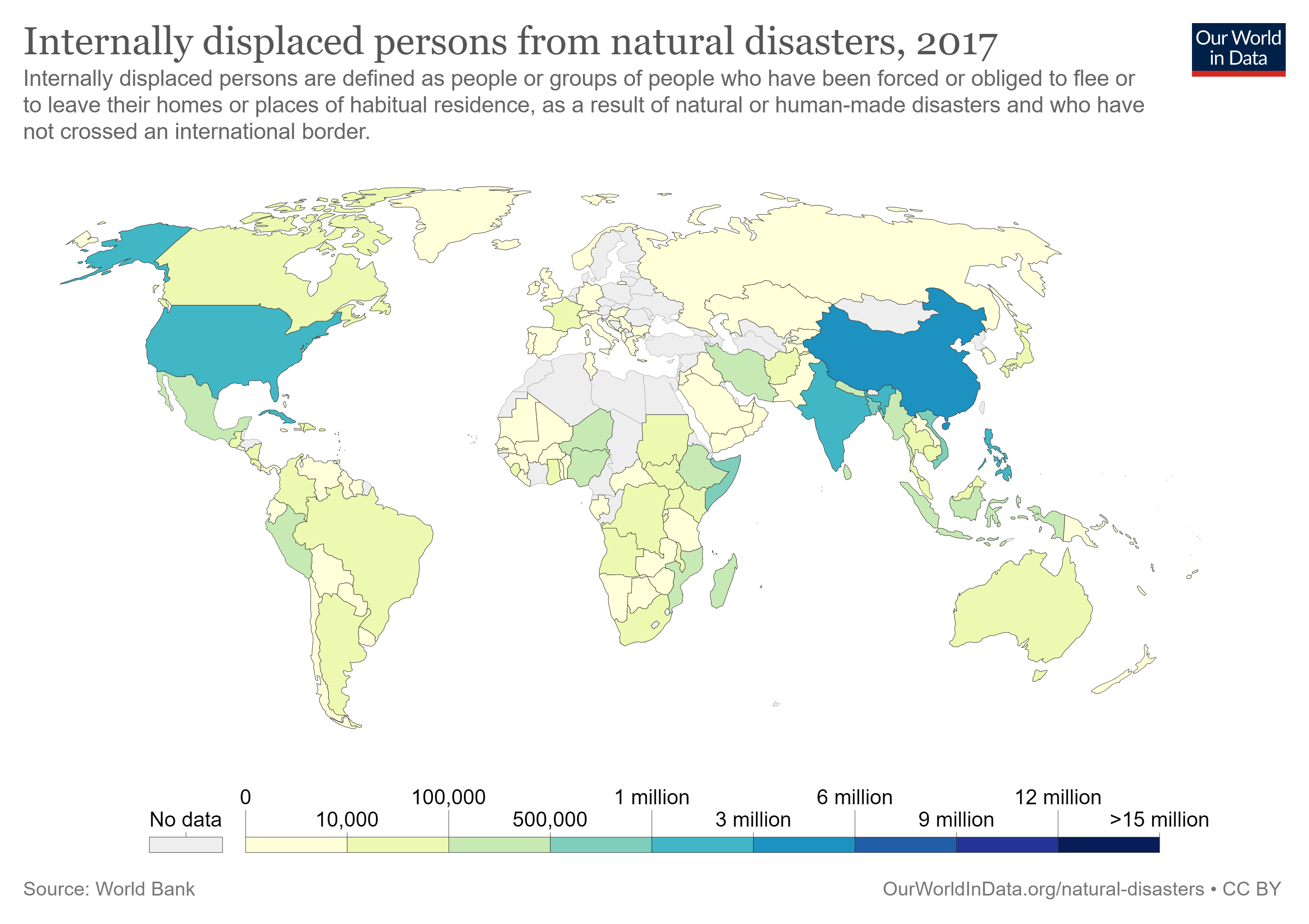Climate change is sexist but climate adaptation doesn’t have to be
A new report by CARE suggests women bare the greater burden from worsening extreme weather and other climate pressures compared to men. But by giving women a greater role in decision-making and activities when it comes to climate change adaptation, the future can be more equal and secure.
M
illions of women around the world are facing “the triple injustice of climate change, poverty and gender inequality”, according to a new report by CARE International, which calls for greater gender equality in climate change adaptation.
Last year, 33.4 million people were internally displaced – 70% resulting from climate-related disasters. In 2018, more than half of the world’s 41 million internally displaced people were women.

Beyond the numbers, there are additional factors that make women and girls more vulnerable to the effects of climate change. Firstly, the climate crisis makes it harder to achieve gender equality. Women and girls often carry the burden of childcare and the elderly care making it harder to leave home in the wake of a crisis. Furthermore, displaced women face an increased risk of gender-based violence.
In countries vulnerable to climate change, girls rather than boys are more likely to have their education interrupted to reduce a drain on a family’s income or married early. There are additional health impacts felt more keenly by women too. For example, women are more likely than men to reduce the amount they eat in the face of food scarcity.
These factors and more add up to a disproportionate impact from climate change on women and girls, which must be better understood to inform responses and policy decisions.
A seat at the table
Women are less likely to be part of decision-making processes relating to the prevention, mitigation or adaptation to climate change, as a result of “social and cultural norms and barriers”. This includes a lack of agency in the decision to leave their home.
This is despite the fact that, in poor countries, women and girls are responsible for the majority of subsistence farming. They provide food, water and fuel – all of which are becoming scarcer as a result of climate change – and have a direct role to play in food security and the impact of climate change on food supply chains and natural resources.
With their knowledge and understanding of what is needed to adapt to a changing climate, women are “a largely untapped resource” and can play a crucial role in climate change adaptation and mitigation”, says IUCN.
“In CARE’s experience, effective gender-transformative climate change adaptation can help reduce climate-induced displacement by supporting people’s resilience,” says the report, highlighting food aid, livelihood protection and water and sanitation infrastructure as particular areas of focus.
To address this issue, CARE recommends more meaningful roles for women and girls in “shaping more ambitious climate resilience and displacement prevention and response policies”. Governments must better integrate gender equality into national adaptation and displacement action plans.
This is crucial so that adaptation measures aren’t just another item added to women and girls’ already long list of responsibilities and don’t reinforce existing inequalities.
Smart adaptation plans target women
Existing climate measures backed by public finance do not sufficiently prioritise women, says CARE, which is calling for at least 85% of funding for climate adaptation projects to target gender equality explicitly by 2023 and new sources of finance to increase investment in gender-transformative adaptation.
“[W]hen women lead in crises, entire communities benefit, and more effective and sustainable solutions are found. Perversely, however, they are rarely given a seat at the decision making table,” says Sofia Sprechmann Sineiro, CARE International Secretary General.
“It is essential that more climate finance is directed to support women’s organisations who are already doing this work in their communities – we cannot face the climate crisis, if we continue to leave them behind.”
Success stories
From female farmers in Cuba using solar panels and agroecology in Nicaragua to conservation projects led by women workers in Sri Lanka and lessons in resilience for Zambia’s female farmers, individual women and local initiatives are already showing the way.
Across the past seven years, CARE has worked with 4,500 tribal women in 50 villages in two rural districts in India who have been deeply affected by climate change, as increasingly erratic rainfall and scarce water, as well as less fertile soils, caused their rice harvests to fail.
These projects have helped them establish and run self-support groups to give the women the personal and financial skills to tackle the problems they face. According to a Reuters report, the agriculture production rose by a third, as a result, while food insecurity declined. The number of days women worked away from home to make up the financial shortfall also halved.
The global aid organisation has also delivered business training to women in Somali villages. Organised into groups, the trainees could pool savings and then offer loans to their members. These groups have helped their communities financially weather the country’s drought in 2016.
These examples show how women can and should be prioritised in climate adaptation plans. Addressing the gender inequality in our current responses to climate change can create a more positive future for everyone.
The ideas presented in this article aim to inspire adaptation action – they are the views of the author and do not necessarily reflect those of the Global Center on Adaptation.